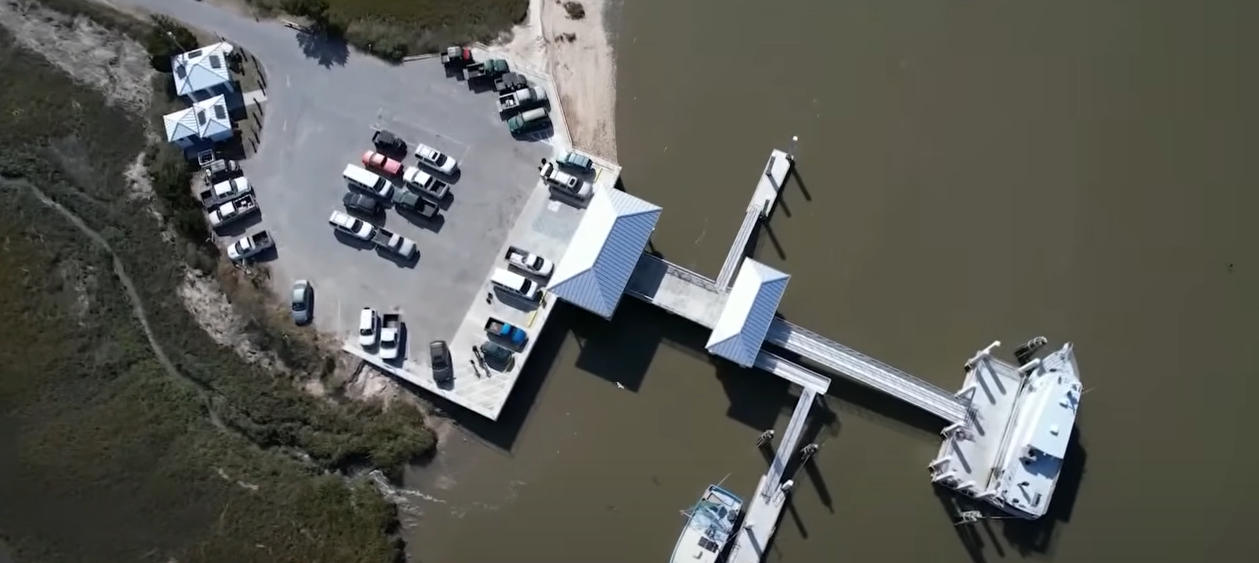
NASA continues to advance space technology, making strides in space exploration, robotics, and astronaut safety. These innovations, essential to space missions, have revolutionized our understanding of the universe. In this article, recent developments in NASA’s space technology are explored, showing the value of these achievements to space missions and everyday life.
1. NASA Technology for Space Exploration
What Are the Latest NASA Space Exploration Technologies?
Several groundbreaking technologies have been developed by NASA to advance space exploration:
- Artemis Program: This program was designed to return astronauts to the moon and lay the groundwork for human exploration of Mars.
- Space Launch System (SLS): The SLS, known as NASA’s most powerful rocket, has been engineered for deeper space exploration.
- Lunar Gateway: An orbital outpost is being constructed by NASA around the moon to serve as a hub for future lunar missions and a potential base for Mars exploration.
These technologies are intended to achieve NASA’s vision of making space more accessible and developing sustainable exploration.

2. Advancements in Spacecraft and Propulsion
How Is NASA Improving Space Travel Efficiency?
NASA’s recent technologies aim to make spacecraft more efficient and less reliant on traditional fuel. Key innovations include:
- Nuclear Thermal Propulsion (NTP): This propulsion technology allows faster travel by utilizing nuclear reactors to heat hydrogen gas for propulsion, which is faster and more efficient than chemical rockets.
- Solar Electric Propulsion (SEP): This technology converts solar energy into electricity, which is then used to propel ions. The process is slower but highly efficient, suitable for deep-space missions.
These advancements are paving the way for long-duration space missions and significantly reducing travel times to distant destinations.
3. Robotic and AI Developments
How Is Artificial Intelligence (AI) Used in NASA Missions?
Artificial Intelligence is being utilized in space exploration to support data analysis and assist astronauts:
- AI-Enabled Rovers: Rovers like Perseverance on Mars use AI to analyze rock samples autonomously and make data-based decisions, maximizing their scientific output.
- Robonauts: NASA has developed robots, known as Robonauts, to assist astronauts in performing tasks on the International Space Station (ISS).
- Data Analysis: Large datasets collected from space missions are processed using AI, which helps scientists to analyze data quickly.
AI technology is proving essential for complex data interpretation and mission success, especially in distant and challenging environments.

4. Advanced Satellites and Communication Systems
What Role Do Satellites Play in NASA’s Space Missions?
Satellites are crucial for communication, Earth monitoring, and interstellar exploration:
- Deep Space Network (DSN): DSN is a global satellite network used to communicate with spacecraft far from Earth.
- TDRS Satellites: The Tracking and Data Relay Satellite (TDRS) system ensures continuous contact between spacecraft and mission control.
- Earth Science Satellites: NASA uses advanced satellites to monitor Earth’s atmosphere, track climate changes, and observe natural events.
NASA’s advanced satellite systems have significantly enhanced mission communications, as well as contributed to environmental and planetary research.
5. Technologies for Astronaut Health and Safety
What Technologies Are Keeping Astronauts Safe in Space?
Several cutting-edge technologies are being utilized by NASA to ensure astronaut safety:
- AstroRad Radiation Vest: This vest was designed to protect astronauts from space radiation, a significant concern during long missions.
- Microgravity Medical Devices: Portable medical devices for monitoring vital signs and providing emergency treatment in space are being developed.
- Space Suits and Life Support Systems: The latest space suits are equipped with advanced life-support systems, designed to protect astronauts from harsh space environments.
The safety and well-being of astronauts are prioritized, with technology playing a critical role in mitigating risks associated with prolonged space missions.
6. NASA’s Role in Climate Research and Earth Observation
How Is NASA Technology Helping with Climate Research?
NASA’s advancements are not only beneficial to space missions but also support vital climate research on Earth:
- Earth Observation Satellites: Satellites equipped with sensors monitor changes in the Earth’s atmosphere, oceans, and land.
- Carbon Monitoring Instruments: Tools such as OCO-2 (Orbiting Carbon Observatory-2) provide data on carbon dioxide levels, helping scientists study climate change.
- Disaster Response Tools: NASA’s data assists with tracking natural disasters, aiding in effective disaster response and resource allocation.
These tools allow NASA to support climate research, offering insights essential for environmental preservation.

7. Potential Future Technologies
What Future Technologies Are Planned by NASA?
Several projects under development may define the future of space exploration:
- Mars Sample Return Mission: This mission will bring Martian samples back to Earth, enabling direct examination of extraterrestrial materials.
- Electric Air Mobility (EAM): EAM aims to create advanced air transportation systems powered by clean energy, potentially changing air travel.
- In-Space Manufacturing: Technologies allowing astronauts to produce tools and parts in space are under exploration, ensuring long-term mission support.
These projects may lead to transformative advancements in how space is explored and studied.
Conclusion
NASA’s technologies are at the forefront of innovation in space exploration, supporting missions, astronaut safety, and climate research. Each advancement has a purpose, driven by the need for efficiency, safety, and sustainability. These technologies will inspire future generations, providing solutions to complex space challenges and helping us understand more about the universe.
Common Questions About NASA Technology
Q1: What is the Artemis Program?
The Artemis Program is a mission by NASA aimed at returning astronauts to the moon and establishing a foundation for future Mars exploration.
Q2: How is Artificial Intelligence Used by NASA?
NASA uses AI to assist with tasks, from autonomous data analysis in rovers to supporting astronauts on the ISS through robotic aids.
Q3: What is Nuclear Thermal Propulsion (NTP)?
NTP is a propulsion technology using nuclear energy to increase travel speeds for deep space missions, making exploration more efficient.
Q4: What Role Do NASA’s Satellites Play?
NASA’s satellites support communication, climate monitoring, and Earth observation, essential for both space missions and environmental research.
Trump wins 2024 official political race, Current News

How Did Best Accomplish His Projected Second Administration?In an uncommon rebound, Donald Trump is projected by Current News to turn into the 47th leader of the US. His re-appointment challenges…
Current News Latest Technology in the word

Here’s a comprehhttp://curentnews.com/category/USA-Newsensive post on the latest technology trends: “Embracing the Future: Latesthttps://www.google.com/url?sa=t&source=web&rct=j&opi=89978449&url=https://www.reuters.com/technology/&ved=2ahUKEwjvm5WMnseJAxVgTaQEHT2WDqkQFnoECDkQAQ&usg=AOvVaw2yY46GANvxyEx-eftFi8zL Technology Trends Revolutionizing the World” The world of technology is constantly evolving, and we’re witnessing unprecedented advancements…
US Presidential Election Map: Real-Time Results and Analysis for 2024

Curentnews:High-Speed Cricket: Inside the Thrills of Hong Kong Super SixesAs one of the most heated and closely watched U.S. Presidential campaigns in history enters its final stage on November 5,…





























































































